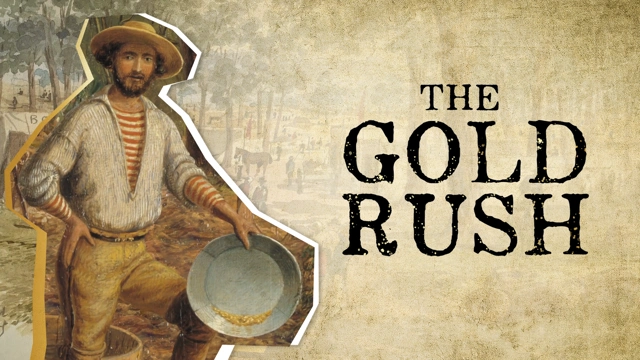XAUUSD (Gold Spot)
Advanced Real-Time Chart <Gold price per ounce in USD>
Clean Real-Time Chart <Gold price per ounce in USD>
XAGUSD (Silver Spot)
Advanced Real-Time Chart <Silver price per ounce in USD>
Clean Real-Time Chart <Silver price per ounce in USD>
XCUUSD (Copper Spot)
Advanced Real-Time Chart <Copper price per pound in USD>
Clean Real-Time Chart <Copper price per pound in USD>
Market Data on Futures Contract
Exchange: COMEX and NYMEX
Market Sentiment Oscillators
Bullish🐂 | Neutral⚖️| Bearish🐻
Futures on Gold – Chicago Mercantile Exchange
Gold Spot
Copper Spot
The gram is the standard unit of measurement for gold in China. One troy ounce of gold is equal to 31.1035 grams.
A Glimpse into Australian History
The Australian Gold Rush (1851–1890s) was a transformative period that significantly shaped Australia’s economy, society, and migration patterns. Gold was first discovered in New South Wales (1851), followed by major finds in Victoria, Western Australia, and Queensland. The promise of wealth attracted thousands of prospectors from around the world, including British, Chinese, and American miners, leading to a dramatic population increase.
Economically, the Gold Rush stimulated industries such as transportation, banking, and construction. Melbourne quickly became one of the world’s richest cities, and Australia’s economy flourished, with gold exports strengthening its financial position. The influx of wealth helped fund public infrastructure like roads, railways, and schools.
The Gold Rush laid the foundation for Australia’s economic growth and transition from a penal colony to a prosperous nation. It accelerated the move toward self-governance, contributed to the development of democratic institutions, and cemented Australia’s reputation as a land of opportunity.


